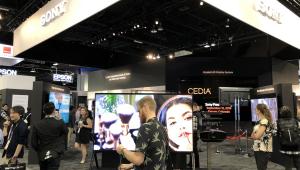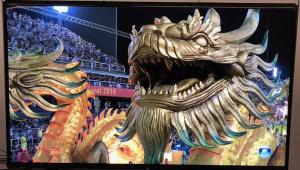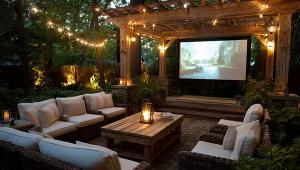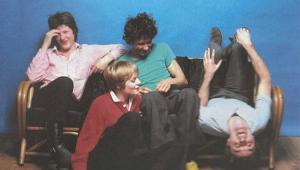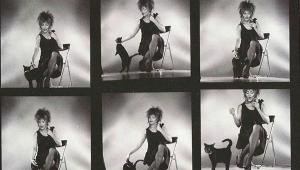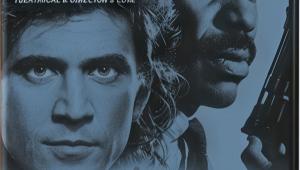It Costs How Much?
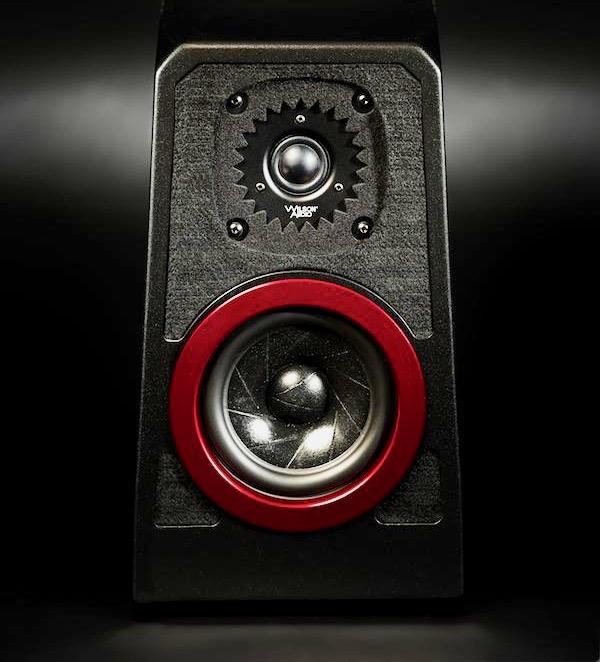
But this isn’t about audio shows, though from what I’ve heard about the Munich event it’s more about viewing than serious auditioning. And since home theater isn’t nearly as significant in Europe as it is in the U.S., Munich is mainly about 2-channel audio. I have no issue with that; I’m a fan myself. But the high-end 2-channel market isn’t doing itself any favors with the current trend toward crazy pricing. While a new, $250,000 pair of monoblock amplifiers from an industry icon may be an outlier, it’s symptomatic.
It isn’t so much that it costs a ton to build such gear (though it does) as the fact that the higher the price, the smaller the market for the product, and the smaller the market the higher the price has to be for a company to stay in business. Thus the tail chase begins. Dealers also demand significant margins, which is one reason why some companies, though largely in the more affordable sphere, are now bypassing the retail market and selling online only.
I know a bit more about what goes into a loudspeaker than what goes into an amp, though in either case the use of premium parts can add up fast. One introduction at the Munich show was a new, small speaker from Wilson Audio. Wilson’s first small, 2-way speaker was the WATT, (Wilson Audio Tiny Tot), launched in the early '80s. Originally intended as a location monitor for Wilson’s live recording work, it was soon sold commercially at $4,400/pair. Though the price was outrageous at the time for a small speaker (it still is for most folks), it was nevertheless the least expensive product Wilson Audio has ever offered. It was commercially successful, and lived on for years coupled with a bass bin, a pairing known as the WATT-Puppy.
Now we have the Tune Tot, a new, 2-way, Wilson Audio design. At 15.6” x 8.6” x 10.2” it’s the smallest speaker the company has built since that original Tiny Tot. (I’d have called it the TuneyTot as an homage of sorts, but I have a bizarre sense of humor.) It can be yours for just under $12,000 (including the recommended Isobase but not the cosmetic options — grilles, optional colors, trim rings, etc.). All the promotional materials I’ve seen for it so far show it on bookshelves, not on conventional stands.
With its 5.5-inch woofer and soft dome tweeter, the Tune Tot has generated a lot of web chatter about its cost, not all of it flattering. It certainly won’t be used in many 7.1 home theater installations! But is it really overpriced? That depends on whether or not you think premium parts are needed in a loudspeaker, an argument I won’t get into here. But I can present a rough idea of what it might have cost to make. I can’t nail down everything precisely, but will make some educated guesses.
I do recognize the drivers, or at least something similar. Like many boutique speaker manufacturers, Wilson claims that the drivers are made to order for them. That might be, but while some manufacturers actually make their drivers in-house, others engage a high quality driver manufacturer such as SEAS, Scan Speak, or SB Acoustics to provide them. These are often either that manufacturer's stock designs or a modification of an existing driver. The latter might be costly, particularly if significant re-engineering is required, though I suspect it’s rarely needed. It might be as simple as a small change to the voice coil winding, or perhaps an extra QC step in precise matching of each sample.
I’m 99% certain that the two drivers in the Tune Tot are from Scan Speak, either stock models or a variation on them. These are expensive drivers. The woofer is similar to a coated 5.5-inch Scan Speak woofer anyone can buy from a supplier such as Madisound for just over $200 each. I can’t pin down the tweeter as precisely, as it’s a relatively easy mod to fit a stock tweeter with a different faceplate, but I’ll be generous and call it a tweeter that costs roughly the same as the woofer. So we’re now up to $800 in drivers for both speakers.
Don’t forget the crossover. A two-way speaker with relatively well-behaved drivers doesn’t need a lot of trap filters to reduce troublesome resonances (and the paper-coned Scan Speaks are known to be well-behaved). But for a high order crossover you’ll likely need at least seven parts, including capacitors, coils, and resistors. If you go for the best, these will also be expensive, so here I’ll estimate $400 for a pair of crossovers. I don’t know what grade of parts Wilson is using, but photographs of the complex crossovers in its larger speakers suggest that some of the best offerings from high-end suppliers are likely in the mix. Google Mundorf, for example, if you want to see how pricey some of the best premium caps and coils can be.
OK, so we’re now at $1,200/pair. Doesn’t sound too bad, but we haven’t built the cabinets yet. Wilson doesn’t use the MDF found in most commercial speakers, or even the pricier Birch ply or bamboo. Those original Tiny Tots had cabinets made of Corian countertop material. Since then, Wilson argues that it has developed its own proprietary product that’s extremely dense, heavy, and likely difficult and time consuming to mill, assemble, and finish to automotive quality. So let’s throw in another $1,200 for a pair of cabinets and miscellaneous parts (terminals, internal wiring, etc.). We’re now up to $2,400.
It’s possible that a manufacturer can get drivers and crossover parts for less than you or I can when buying from a supplier such as Madisound, Meniscus, or Solen. But in the quantities required for small production runs this isn’t likely to be a major factor. No one expects Wilson to build and sell 25,000 pairs of Tune Tots, so we’ll leave such possible quantity-discounts off the table.
So why is the retail price $12,000? We’ve often been told that the multiplier for the selling price of an audio product is typically five times the parts cost, and sometimes more, to allow manufacturers and retailers to stay in business. That might be less for products made in places like China, but Wilson and many other high-end companies do all their manufacturing in their home countries. Five times $2,400 is $12,000. And we haven’t included design time, manufacturing overhead (apart from the labor as part of the estimated cabinet cost), shipping boxes, shipping costs, advertising, review loans, and warrantees in our estimate.
Whether or not the costs incurred here will produce a product that can do significantly better than the best $2,000 or $3,000/pair loudspeakers (many of them made overseas) is a completely separate discussion. The parts chosen, together with the realities of manufacturing and retail sales, means that the Tune Tot has to cost that much. Whether or not the audible result offers sufficient value is up to the buyer, hopefully made with one’s eyes and ears wide open. But that’s a decision most of us will never have the opportunity to make!!







